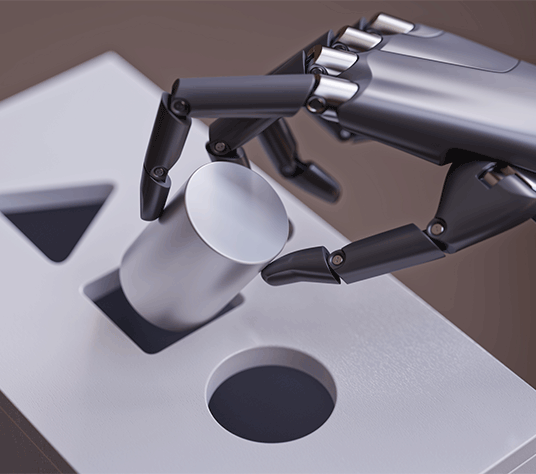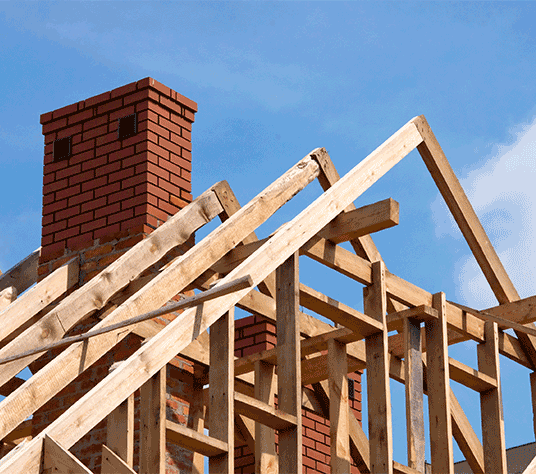The battleground for capturing the attention of wholesalers, retailers, and consumers continues to heat up for CPG companies. In-store trade promotions remain their key priority on the one hand – contributing to a sizable chunk of their yearly revenue; on the other hand, modern AI-driven data analytics tools are evolving at a rate of knots – opening new possibilities to make retailers more influential in the consumer’s buying journey. Where they meet is the pinnacle of executing successful trade promotion programs. But first, let’s take a step back and better understand the whole process.
What are trade promotions?
We define these in-store trade promotions as different promotional activities that are executed in the retail stores in the form of special pricing, additional displays, and more. These proven marketing, merchandising, and promotional techniques are aimed at helping retailers increase product demand and drive revenue.

In recent years, retail stores have become more fiercely competitive than ever, with brands competing to win the mindshare of customers across all channels. However, by effectively organizing in-store trade promotions, retailers can be empowered to control market access while doing their part to influence consumers’ purchasing behavior.
The promotions ecosystem consists of manufacturers, who’re consistently looking to create opportunities for retailers to purchase more products so that more consumers can get their hands on new launches, specific lines, etc. Hence, the manufacturers tend to offer special price discounts, offers, and bundling to promote the product more appealingly.

These promotions enable businesses to be competitive and increase visibility & brand awareness with consumers.
How much do companies spend on trade promotions – and why?
Why invest in in-store trade promotions?
- To maximize brand visibility & stay competitive
- Increase share of retail inventory – leading to increased sales
- Consumer purchase decisions are mainly driven by price and promotions
Just to get a bird’s eye view, a recent study by McKinsey showed that “CPG companies worldwide invest about 20% of their revenue annually on trade promotions.” However, they also report that “59% ended up losing money – with 72% in the US alone.”
Major business challenges that affect trade promotions
We’ve seen that the gains from trade spending can often be short-term and lasts only until competitors outbid the promotion. Also, manufacturers may not have an effective way of measuring the effectiveness of costly promotions. The impact of promotions across products is difficult to understand with traditional planning techniques. There is a pressing need for manufacturers to have a better strategy.
That’s where AI and Data Analytics can really help organizations maximize their investments.
Role of AI & data analytics in addressing challenges of trade promotions
Retail Managers from CPG companies interact with the retailers to negotiate on pricing and promotion decisions. Through insights powered by AI-enabled big data and analytics, these managers are now equipped to deliver more long-term value by marketing products to customers at a more personalized level.
For instance, AI and Data Analytics can offer valuable information on the consumer’s price sensitivity of a product – thereby improving promotion planning. It also helps one understand the cross-impact of promotions across products to prevent any negative impact (cannibalization) of one promotion on the others. It also creates a source of truth for actionable intelligence as data on historical promotions can be transformed into insights for future planning.
By leveraging data analytics, Retail Managers can now answer potentially million-dollar questions like:
- When should you plan a promotion?
- Which product should be promoted?
- What is the right promotion?
Trade Promotion Optimization – Maximum ROI through the power of data
At Tiger Analytics, we partnered with a leading CPG manufacturer globally to optimize their trade promotions and extract maximum ROI by tapping into the power of data. We developed a customized data analytics solution to discover the correct price elasticity of one of their products. This solution, integrated with models that accounted for key factors like seasonality, trend and product distribution, helped estimate the true incremental sales of a product due to promotion activity.
It also accounted for product cannibalization and pantry loading (stocking up of products during promotions, effectively front-loading future purchases).

When scaled, our solution easily unlocked the window to understanding the performance of historical promotions across the client’s entire portfolio. Packaged as a dashboard, these insights gave the trade managers both a bird’s eye view (Category/Brand level) and a deep-dive view (SKU level) of historical promotions.
Moreover, the dashboard (based on historical promotion performance) enabled its users to plan promotions across the entire portfolio – using countless simulations to identify the most effective promotion strategy. In short, the dashboard unlocked their ability to create a future-proofed promotion calendar with critical recommendations, such as:
- Right products to be promoted – Ensure focus on products with high true incrementality
- Right time when the products can be promoted – Minimize the impact of cannibalization
- Right discount that can be offered on products – Maximize ROI of retailer incentivization
Handling TPO implementation nuances
The solution involved huge amounts of data being handled across multiple retailers. Hence, Tiger Analytics’ advanced data engineering capabilities played a significant role in ensuring seamless deployment. But we needed to be sure that the solution made the right assumptions to make robust recommendations.
Plus, the solution could not be based on a “one size fits all” model, as every product had its own lifecycle. So, our key priorities were to:
- Identify the right set of competing products (within or across brands) with potential cannibalization impact
- Quantify the dollar impact of cannibalization.
- Customize the solution to accommodate the products based on their lifetime.
Consistent efforts were also made to drive adoption among the trade teams by aligning the dashboard to the decision-making process. For instance, the solution was tailored to help achieve primary KPIs like margin, revenue, etc.
With the use of automated TPO solutions, Retail managers can benefit from:
- Quick turnarounds spurred by automation.
- Close to near real-time tracking can be achieved.
- It can help teams to reflect on the performance of different in-store trade events and tweak the strategy on the go.
Final thoughts
In a nutshell, as CPG companies continue their war over their customer’s wallet share, Trade Promotion Optimization will become more indispensable to help them plan their spending strategically. From accounting for cannibalization, and pantry loading, to the impact of competing products – having all the right insights at the right time will empower them to personalize promotions and offerings to their customer needs resulting in a higher conversion rate and ROI.
This article was first published in Analytics India Magazine – https://analyticsindiamag.com/smart-merchandizing-how-ai-can-help-cpg-companies-unlock-real-value-through-in-store-trade-promotions/






